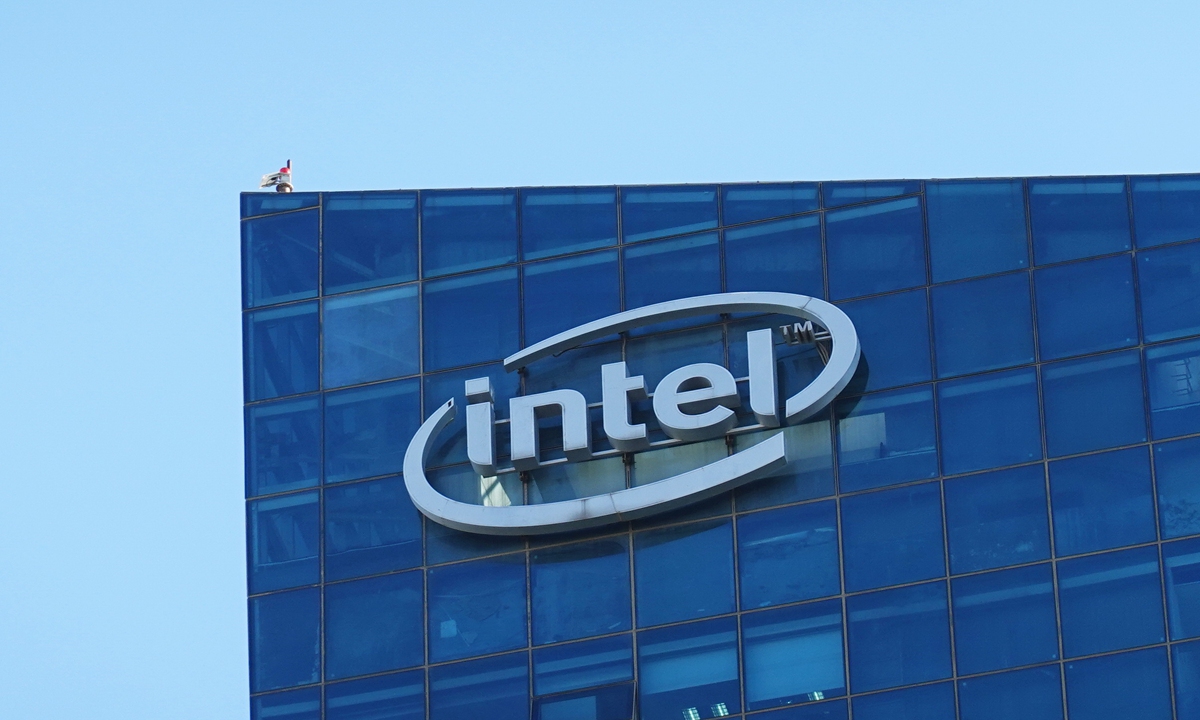OpenAI's Revenue Surge: Growth and Future Challenges

OpenAI's recent disclosure of achieving $1 billion in revenue for July is a noteworthy milestone in the rapidly evolving landscape of artificial intelligence (AI). This unprecedented growth underscores the burgeoning market for AI solutions and the critical demand for computing resources. As the company navigates its ambitious expansion, it faces the relentless challenge of scaling its infrastructure to meet the insatiable thirst for processing power required by AI applications. Is the current surge in demand for AI technology sustainable, or are we on the precipice of an overextension reminiscent of prior market bubbles?
The CFO, Sarah Friar, emphasized the staggering demand for Graphics Processing Units (GPUs), essential for AI model training and operation. In her appearance on CNBC, she noted the necessity for partnerships, particularly highlighting collaborations with Oracle and Coreweave to diversify and enhance supply chains. Microsoft remains a pivotal partner, driving the growth of OpenAI’s products, which integrate directly into Microsoft's offerings. This collaboration reflects broader trends where tech giants increasingly rely on strategic alliances to fortify their competitive edge and operational capacity, mitigating the risks associated with rapid technological scaling. From a data-driven perspective, the projected triple revenue growth to $12.7 billion signals a robust trajectory for OpenAI, significantly outpacing what many deemed feasible just a year prior.
However, the path ahead is fraught with potential risks. While OpenAI's model expansion and strategic partnerships are commendable, they raise crucial questions concerning the sustainability of such rapid growth. The company plans to invest trillions in data centers, relying heavily on continuous demand—a notion that could face headwinds should the economic landscape shift. Historical precedents, such as the dot-com bubble of the early 2000s, remind us that unsustainable growth spurred by rampant investor enthusiasm can lead to dramatic downturns. Moreover, as global regulators increasingly scrutinize AI technologies for ethical implications, OpenAI’s innovative solutions could find themselves under mounting scrutiny, which may inadvertently stifle creativity and development within the sector.
In conclusion, while OpenAI stands at the forefront of an AI revolution, navigating this terrain requires a balanced approach that accounts for potential market corrections and regulatory shifts. The company’s ability to adapt its strategies and enhance its supply chain will be pivotal as market dynamics evolve. Investors must remain vigilant and question whether OpenAI's meteoric rise can continue unabated or if we are heading toward a recalibration of expectations similar to those seen in 2008. Careful consideration of the evolving nature of user engagement, alongside a robust strategy for managing growth-related challenges, will be essential to sustain momentum in this promising yet uncertain period for the AI industry.
Read These Next

White House Confirms US Talks for 10% Intel Stake Amid Trust Concerns
US interest in Intel stake raises trust concerns in global markets, especially China, amid efforts to boost semiconductor competitiveness.

BaiOthay Signs Licensing Deal with STADA for Commercialization
Baibaotai and STADA signed a licensing deal for BAT1806 (Tocilizumab) in Europe, boosting both companies' market positions.

Maximizing Development Opportunities for Greater Potential and Advantage
China's reforms target economic growth, showing a 5.3% GDP rise and record exports, focusing on policy continuity and domestic demand.
